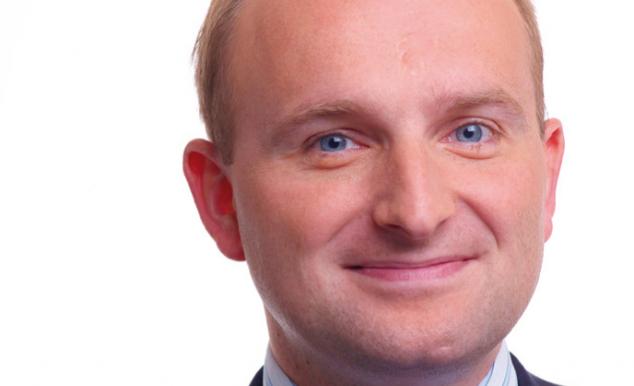The US Federal Reserve (Fed) is likely to continue signaling its ‘dovish’ policy after finally beginning its tapering program, Robeco’s Rates team believes.
The central bank on 18 December decided the US economy was strong enough to justify cutting USD 10 billion from its USD 85 billion of monthly asset purchases. It was the last Federal Open Market Committee (FOMC) meeting of outgoing Chairman Ben Bernanke.
The Fed will now only adjust its tapering message “very gradually”, says Kommer van Trigt, head of the Robeco Rates team.
Positive for risk markets
“This should be positive news for risk markets. But as time progresses and the economic recovery continues as expected, it will be more difficult for the Fed to keep market expectations in check,” he says.
For now, Van Trigt is positive: “The Fed has managed to jump over the hurdle of announcing tapering without inflicting much damage to risk appetite.”
The initial market reaction to the announcement was positive. Government bond prices remained more or less stable on the news, while equities and credits rallied.
Two reasons for market thumbs-up
“This reaction is explained by two reasons,” says Van Trigt. “First and foremost, the start of the reduction was communicated well in advance of the actual event. Markets have been anticipating the start of tapering since the possibility was first mentioned in May and expectations and prices have been adjusted accordingly.”
The second reason why yesterday’s initial reaction was positive is the way in which tapering was announced. The Fed successfully communicated that the start of tapering should be seen separately from any intentions to lift official interest rates. This can be seen from its comments and expectations.
The 10-year Treasury bond yield had risen from 1.6% in May to 2.9% this month, as tapering essentially means the end of easy money, and the beginning of rising rates. This raises bond yields and lowers their values.
‘It will take until the end of 2014 to bring purchases down to zero’
A previous attempt to announce potential tapering in the summer took markets by surprise, causing money market interest rates to rise sharply and bond prices to fall.
Gradual pace of tapering
“The gradual pace at which they intend to reduce asset purchases is a signal by itself. If USD 10bn of bond purchases is cut every time the FOMC meets, it will take until the end of 2014 to bring purchases down to zero,” says Van Trigt.
He also welcomed the Fed’s announcement that official rates would remain unchanged “well past the time that the US unemployment rate declines below 6.5%”. It is currently 7.0%.
And emphasis that the central bank placed on using its 2% inflation target when making a future decision on interest rates also shows dovish intentions, he said. US inflation is currently well below that at 1.2%, giving plenty of room for maneuver.
Stronger economic figures
In their adjusted forecasts, the FOMC members expect the 6.5% unemployment level to be reached around mid-2014, while they expect inflation to remain at or below 2% up until the end of 2016. The first rate hikes are expected for mid-2015 and this view has not changed in spite of the decision to start reducing asset purchases.
“All in all, the Fed’s comments and its latest forecasts signal its intention to keep monetary policy very accommodative well into 2015. This explains the positive reaction in markets ranging from credits to equities,” says Van Trigt.




 For Alicia Miguel Serrano
For Alicia Miguel Serrano